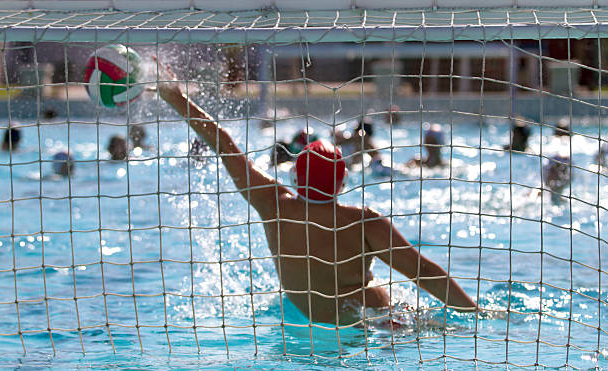Table Of Content
What is Water Polo? Everything You Need to Know
Think of a pool as a stage for a symphony of splashes and a dance of brute strength. Welcome to the exciting sport of water polo, which blends the grace of aquatic ballet with the strategic rigor of a chess game. Players put on a captivating demonstration of athleticism, cooperation, and tactical skill as they maneuver the fluid battlefield while battling for possession of the ball.
In this guide, we will solve the secrets of water polo by delving into its background, regulations, and gameplay as well as the enormous amount of commitment needed to succeed in this captivating water sport.
What Is Water Polo?

When it comes to water polo, many people have different opinions. Every time this phrase is used, people automatically believe it refers to the water-based variation of polo, a game in which participants must ride horses while attempting to smash a ball with an extended mallet. Water polo, however, is not the same as polo. This is due in part to the fact that water polo is incredibly challenging.
Why? Because it blends swimming, basketball, and football into one sport. You could even compare it to rugby. So, to play water polo, a person has to be proficient in the aforementioned sports.
History
Midway through the 19th century in England and Scotland, where water sports and racing exhibits were a staple of county fairs and festivals, water polo's origins as a team sport began as a demonstration of strength and swimming ability.
One of the first team sports to be included in the modern Olympic games in 1900 was men's water polo. Teams of seven players (plus up to six substitutes) compete in the modern version of the sport using an airtight nylon water polo ball that is comparable in size to a soccer ball.
Object Of Water Polo
Working together as a team to score goals, or put the ball in the net of the other team, is the purpose of water polo. The purpose of the game, like many team sports, is to score more goals than your opponent's team to win. High-scoring games, with each side scoring over 20 goals, are common.
Equipment Used In Water Polo
Interestingly, you don't have to pay a lot of money to play water polo. It is not like other sports where you have to buy a ton of accessories like helmets and safety gear.
Nets and balls are the most typical equipment used in water polo. Players must wear basic swimming attire, according to their sex and preferences. If they anticipate the game to be a little violent and physical, they may also choose to wear swimming caps and goggles.
Average Length Of A Water Polo Game
A water polo match is broken into four-quarters of eight minutes per FINA regulations. However, the average quarter only lasts around 12 minutes since the clock is paused while the ball is not in play.
Before attempting a goal, each side has a maximum of 30 seconds to control the ball. Possession goes to the opposing team if they haven't done this.
The Water Polo Rules
- The playing field measures 30 by 20 meters, with a minimum depth of 2 meters.
- Teams have 13 players in total, 7 of whom are actively playing at any given time—6 field players and 1 goaltender.
- Except for the goaltender, who may use both hands while they are inside 5m of their own goal, players are only allowed to handle the ball in one hand.
- The game of water polo is divided into four quarters, each lasting eight minutes with a two-minute intermission.
- By passing to teammates or swimming with the ball in front of them, players move the ball upfield.
- Players must tread water or swim during the whole game because they are not permitted to touch the pool's bottom.
- Without attempting a goal, teams are only allowed a 30-second possession of the ball.
- When the ball is entirely pushed or flung between the goalposts and under the crossbar, it is scored and is worth one point.
- There are two types of fouls: minor fouls and major fouls. Three major fouls are the most a player may commit before being kicked out of the game.
- A shootout is used to determine the victor if the score is still tied at the end of the game.
Conclusion
The fast-paced sport of water polo incorporates swimming, teamwork, and strategy. It offers a distinctive combination of athleticism and dexterity that captivates both participants and spectators. This sport requires stamina and dedication like none other, which makes it one of the most fascinating sports.
Author










Top 10 Travеling Tips for Pеt Ownеrs
Best Body Washes For Dry Skin Under $50
8 Best Moisturizers for Mature Skin
How to Curl Your Hair to Make Your Style Last
Barbie Tattoo Ideas for the Doll-Loving Ink Enthusiasts
Selena Gomez and Hailey Bieber Drama Takеs thе Spotlight In Entеrtainmеnt Nеws
Michael Kors Shoes: The Perfect Addition to Your Shoe Collection
Lululemon Yoga Mats: Which One Is Best for You?